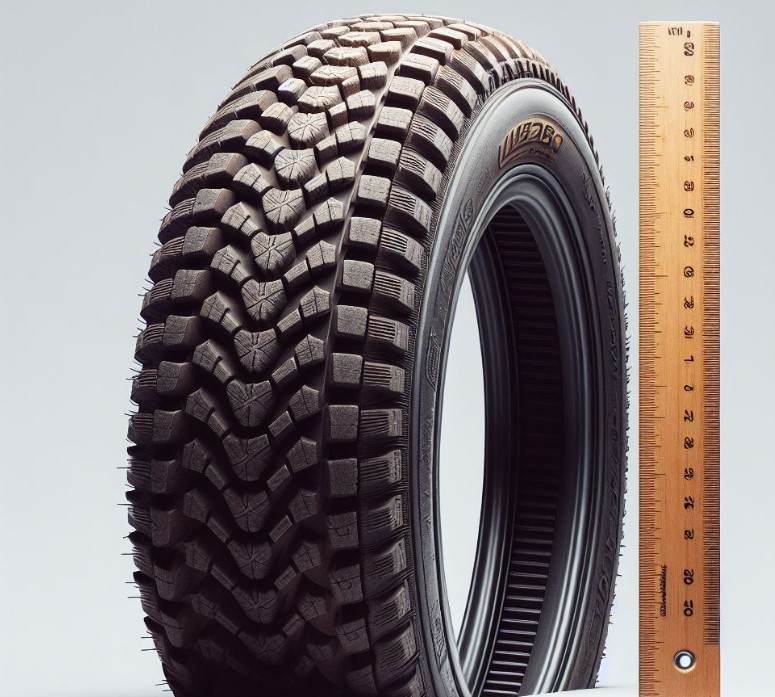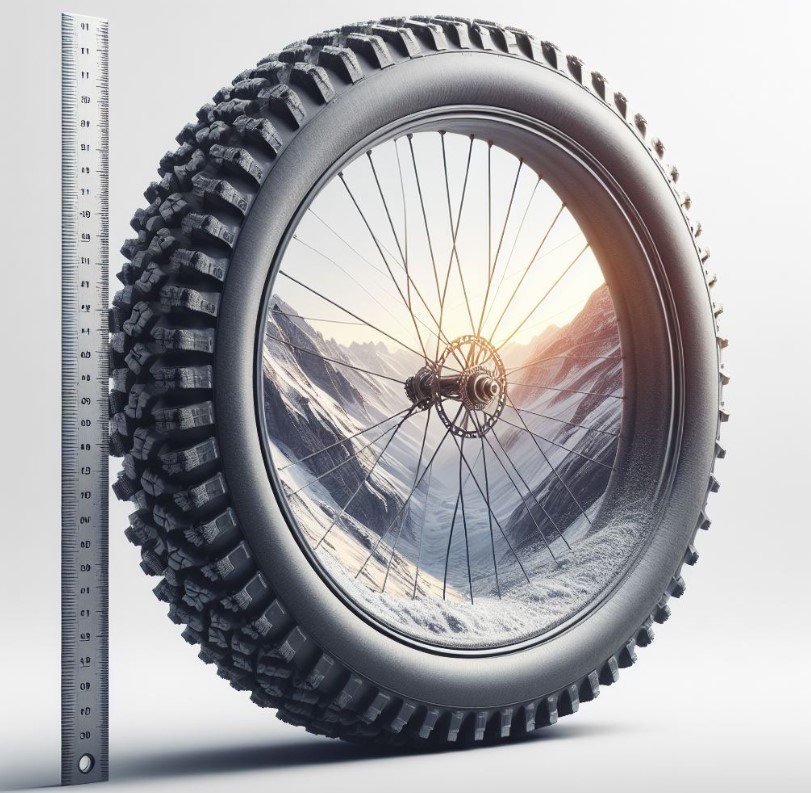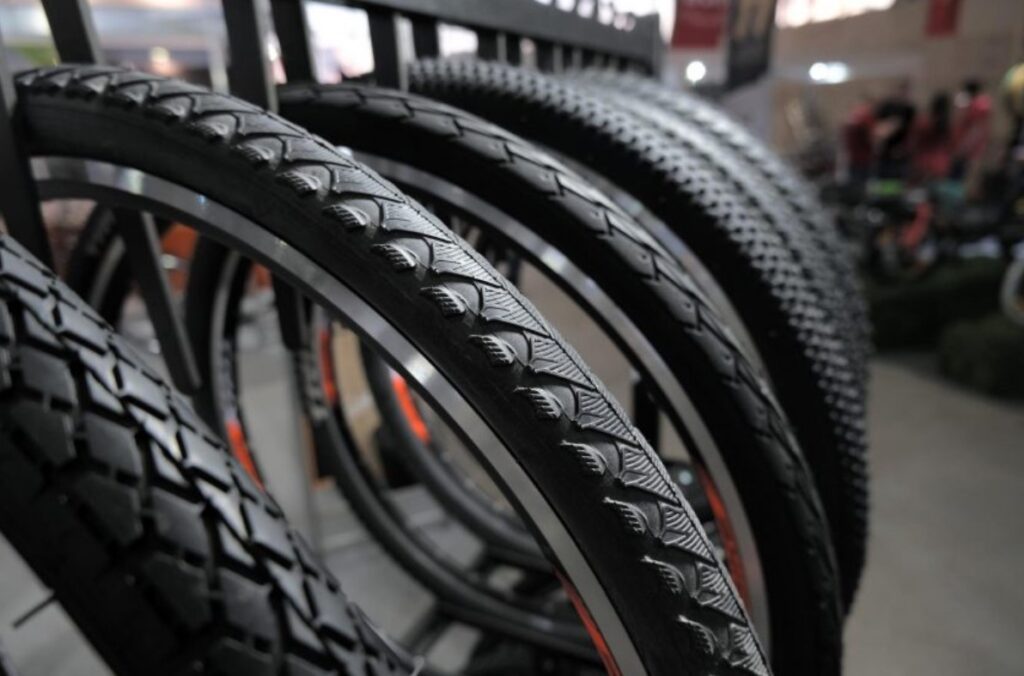How Long Do Bike Tires Last In Storage? Answered
The longevity of bike tires in storage is a topic of interest for every cycling enthusiast. Whether you’re a seasonal rider or have spare tires waiting for their turn, knowing How Long Do Bike Tires Last In Storage? is essential. This guide dives deep into the factors that influence tire preservation, offering insights and practical tips to maximize tire lifespan. From temperature considerations to proper positioning, every aspect plays a pivotal role in extending the life of your bike tires in storage.
Key Takeaways
- Bike tires can last up to 6 years in storage under ideal conditions.
- Factors affecting tire lifespan include temperature, humidity, and storage method.
- Proper storage techniques can extend the life of bike tires.
How Long Do Bike Tires Last In Storage?
In optimal conditions, bike tires can last in storage for up to 6 years before they start to show signs of degradation. Factors such as temperature, humidity, and the way the tires are stored significantly influence their longevity.

Understanding Tire Degradation
Factors Influencing Tire Longevity
Tire degradation is a slow but inevitable process, influenced by several factors. Temperature fluctuations and exposure to humidity are the primary culprits, accelerating the aging process. Storing tires in a cool, dry place minimizes these risks, preserving the rubber’s integrity for longer periods.
The Role of Storage Conditions
The environment where bike tires are stored can significantly affect their longevity. Ideal storage conditions include low humidity levels and stable, cool temperatures. Direct sunlight and ozone exposure should be avoided to prevent rubber deterioration, ensuring tires remain in prime condition for future use.
Proper Storage Techniques
Positioning and Handling
How you store your bike tires plays a crucial role in their preservation. Hanging tires or storing them vertically with the correct pressure can prevent deformation. For tires not mounted on rims, a flat, unstacked position in a dark, temperature-controlled environment is recommended.
Preparing Tires for Storage
Before storage, a thorough cleaning to remove dirt and grime is advisable. Applying a rubber protectant can also shield the tires from environmental factors. Ensuring tires are dry and stored away from chemicals or solvents further aids in prolonging their life.
Impact of Storage Duration on Performance
Short-Term vs. Long-Term Storage
The duration of storage can impact tire performance. Short-term storage, spanning a few months, generally does not affect tire quality. However, long-term storage, especially beyond the 6-year mark, can lead to rubber degradation, affecting the tire’s structural integrity and performance.
Recognizing Signs of Aging in Tires
Visual inspections for cracks, hardness, and any form of brittleness can indicate aging. Tires showing these signs may not provide the same level of performance or safety and should be replaced before use.
How Long Can Bike Tires Sit Unused?
Bike tires can sit unused for several years without significant degradation if stored properly. The consensus among manufacturers and cycling experts is that under optimal conditions—away from direct sunlight, in a cool and dry environment—bike tires can remain in good condition for up to 6 years.

This timeframe can vary depending on the rubber compound, the tire’s construction, and environmental factors. The key to prolonging the lifespan of unused bike tires is to minimize their exposure to factors that accelerate aging, such as ozone, UV light, and extreme temperatures.
How Long Can Tires Sit Unused?
Similar to bike tires, automotive tires can also sit unused for extended periods without losing their integrity. Typically, unused tires stored properly in a controlled environment can last between 6 to 10 years.
However, tire manufacturers often recommend that tires be inspected annually once they are 5 years old, and any tire over 10 years old should be replaced, regardless of its appearance.
This is because the materials in the tire slowly break down over time, which could compromise the tire’s performance and safety, even if it has never been used.
How Long Do Bicycle Tubes Last In Storage?
Bicycle tubes, like tires, have a considerable shelf life when stored correctly. In optimal storage conditions—away from direct sunlight, at moderate temperatures, and in a dry environment—bicycle tubes can last similarly long as tires, up to 6 years.

It’s important to keep them in their original packaging to protect against physical damage and environmental factors. However, before use, it’s advisable to inspect tubes for any signs of dry rot, brittleness, or other damage that could affect their performance.
Do Tires Degrade In Storage?
Yes, tires do degrade in storage, but the rate of degradation can be significantly reduced with proper storage techniques. Factors that contribute to the degradation of tires in storage include exposure to ozone, UV light, extreme temperatures, and humidity.
These factors can accelerate the breakdown of rubber compounds, leading to brittleness, cracking, and other forms of deterioration. To minimize degradation, tires should be stored in a cool, dry, and dark environment, ideally at a stable temperature.
Additionally, tires should not be stored in a way that puts pressure on any one part of the tire for an extended period, to avoid deformation.
Conclusion
In conclusion, the lifespan of bike tires in storage can extend up to 6 years under ideal conditions, such as being kept in a cool, dry, and dark environment away from harmful elements like ozone and UV light.
Proper storage techniques, including maintaining correct positioning and avoiding pressure points, are crucial for preserving tire integrity. To ensure safety and performance, it’s advisable to inspect tires thoroughly before use if they have been stored for an extended period.
People Also Ask
Does the original packaging protect bike tires in storage?
Storing bike tires in their original packaging can offer some protection against dust and minor physical damage. However, the packaging alone may not shield the tires from temperature fluctuations, humidity, or chemical exposure. For optimal protection, tires should be stored in a suitable environment, as discussed above, whether they are in their original packaging or not.
How do I know if my stored bike tires are still good to use?
Before using stored bike tires, conduct a thorough inspection for signs of aging, such as cracks, brittleness, or any deformities. Check the tire surface and sidewalls for integrity. Tires that have been stored properly and show no signs of degradation should be safe to use. If in doubt, consulting a professional or replacing aged tires is advisable for safety.
Can I store bike tires outdoors if covered properly?
Storing bike tires outdoors, even when covered, is not recommended. Outdoor conditions can introduce variables such as temperature fluctuations, moisture, and exposure to ozone and UV light, which can accelerate the degradation process. Indoor storage in a controlled environment is best for preserving tire quality.
How should I prepare my bike tires for long-term storage?
Preparing bike tires for long-term storage involves cleaning them thoroughly to remove any dirt, grime, or oils, which can degrade the rubber over time. Applying a rubber protectant can help shield the tires from some environmental factors. Ensure the tires are completely dry and stored in a cool, dry, and dark location to prevent damage.

Welcome to the exhilarating world of Matt Rex, a professional car racer turned renowned vehicle enthusiast. Immerse yourself in his captivating blog as he shares heart-pounding adventures, expert reviews, and valuable insights on cars, trucks, jets, and more. Fuel your passion for speed and discover the beauty of vehicles through Matt’s engaging stories and meticulous expertise. Join the ever-growing community of enthusiasts who find inspiration and expert advice in Matt Rex’s blog—a digital hub where the thrill of speed meets the pursuit of knowledge.







![Can You Powder Coat Motorcycle Exhaust? [Answered]](https://www.turbochaos.com/wp-content/uploads/2024/02/Can-You-Powder-Coat-Motorcycle-Exhaust-768x689.jpg)